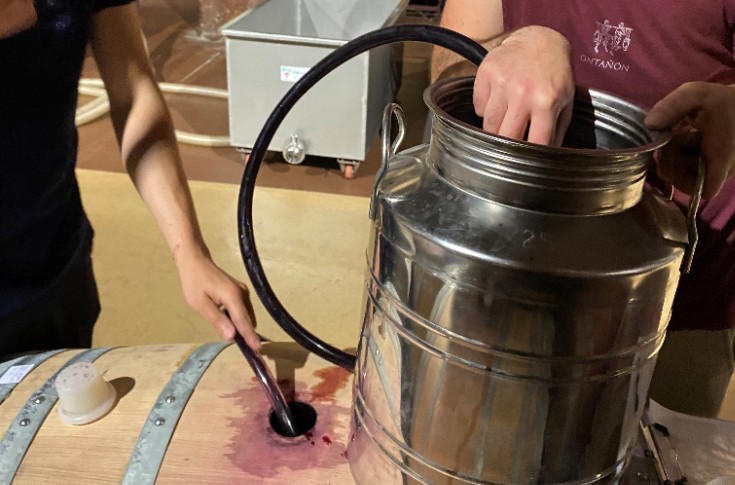Sulphite-free wines using chestnut flowers

n 2017, in the North-East of Portugal, researchers from Bragance University and Polytechnic Institute filed a patent to use the tannins from the male flowers of chestnuts as preservatives for wine. Fast forward to 2019 and Philippe Ortega, a consultant for several vinho verde producers, successfully tested this solution for replacing sulphur dioxide (SO2), taking over the patent and creating the spin-off company Tree Flowers Solutions with three partners. In June 2024, the three start-uppers finalised the formulation of ‘Chestwine’, switched from herb tea to powder, checked it complied with the International Organisation of Vine & Wine’s Oenological Codex and organic viticulture standards, and subsequently wrapped up the production process. The marketing phase was then officially launched.
According to Tree Flowers Solutions, the high polyphenol content in Chestwine makes it at least as effective as SO2 in inhibiting oxidation and microbial development. “The tannins of the chestnut tree react with free and dissolved oxygen to prevent the formation of aldehydes”, explains Ortega. He claims that unlike sulphites, Chestwine is not allergenic and has no impact on the flavour or colour of wine.
Its application is also very simple: “You just have to mix the powder in a bucket containing 5 litres of juice, put the contents back into the tank and blend them”, says Ortega. Tree Flowers Solutions recommends that producers add Chestwine at the vatting stage, before malolactic fermentation, during maturation and just before bottling. “Depending on the colour, the health status of the grapes and the general hygiene in the winery, between 27 and 45g/hectolitre are required. With this quantity, the wines remain stable for at least 60 months, which is the length of our longest trials”, adds Ortega.





